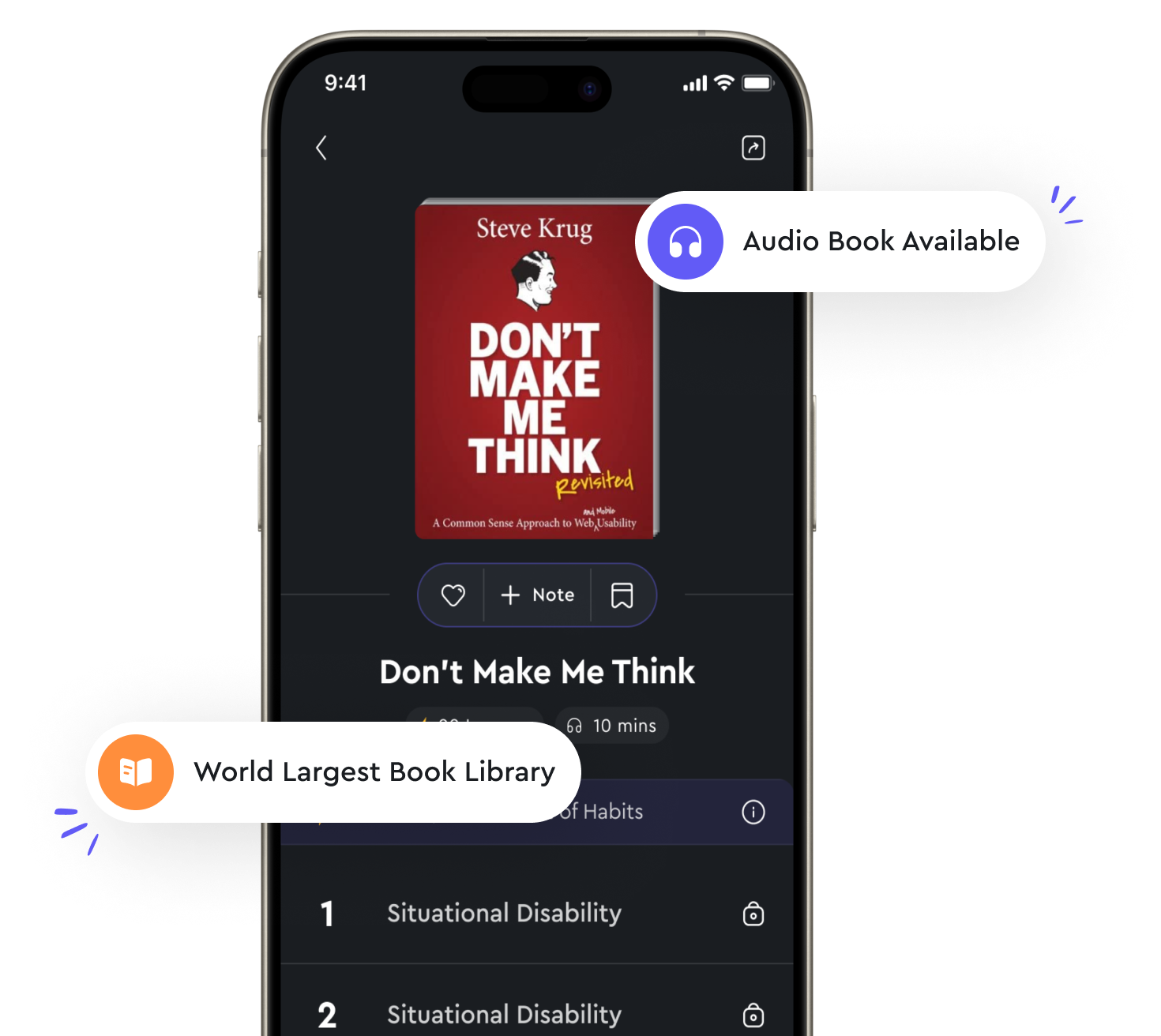Audio available in app
Use stories to make complex ideas accessible from "summary" of Presenting to Win by Jerry Weissman
Complex ideas can be difficult for an audience to grasp. They may be filled with jargon, technical terms, or abstract concepts that can leave listeners feeling confused or overwhelmed. To make these ideas more accessible, it is essential to break them down into simpler, more relatable terms. One effective way to do this is by using stories. Stories have a unique ability to engage an audience on an emotional level, making the information being presented more relatable and easier to understand. By incorporating stories into a presentation, presenters can provide real-life examples that illustrate complex concepts in a more tangible way. These stories can help to bridge the gap between abstract ideas and practical applications, making it easier for listeners to connect with the material being presented. Additionally, stories can help to humanize the information being discussed, making it more relatable and engaging for the audience. When using stories to make complex ideas accessible, it is important to choose anecdotes that are relevant to the topic at hand. The stories should help to clarify key points and provide context for the information being presented. By selecting stories that resonate with the audience, presenters can capture their attention and keep them engaged throughout the presentation. Incorporating stories into a presentation also helps to create a more memorable experience for the audience. People are more likely to remember information that is presented in the form of a story, as stories have a unique ability to stick in the mind and evoke emotional responses. By making complex ideas more accessible through storytelling, presenters can leave a lasting impression on their audience and ensure that the information is retained long after the presentation is over.- Using stories to make complex ideas accessible is a powerful tool for presenters looking to engage their audience and convey information in a clear and relatable way. By incorporating relevant anecdotes into a presentation, presenters can break down complex concepts into simpler terms, provide real-life examples, and create a more memorable experience for their listeners. By harnessing the power of storytelling, presenters can make even the most challenging ideas accessible to a wide range of audiences.

